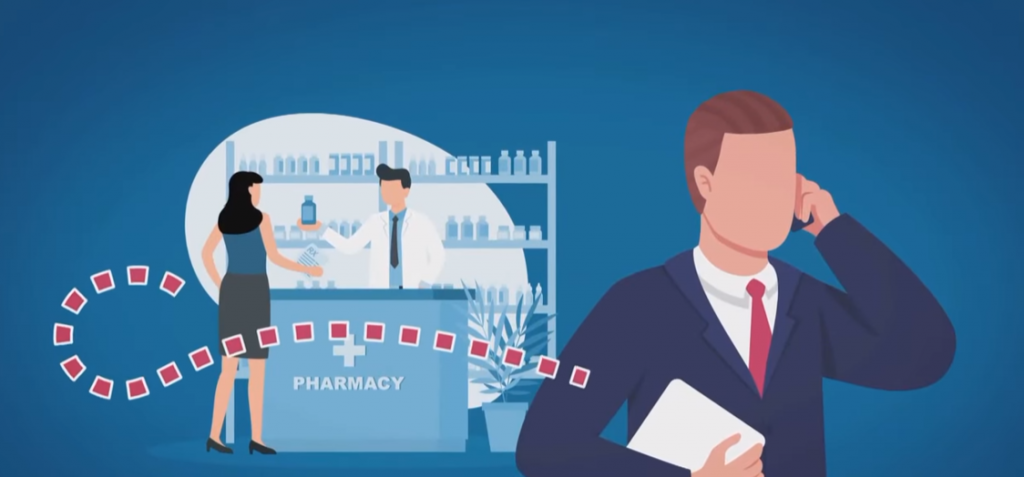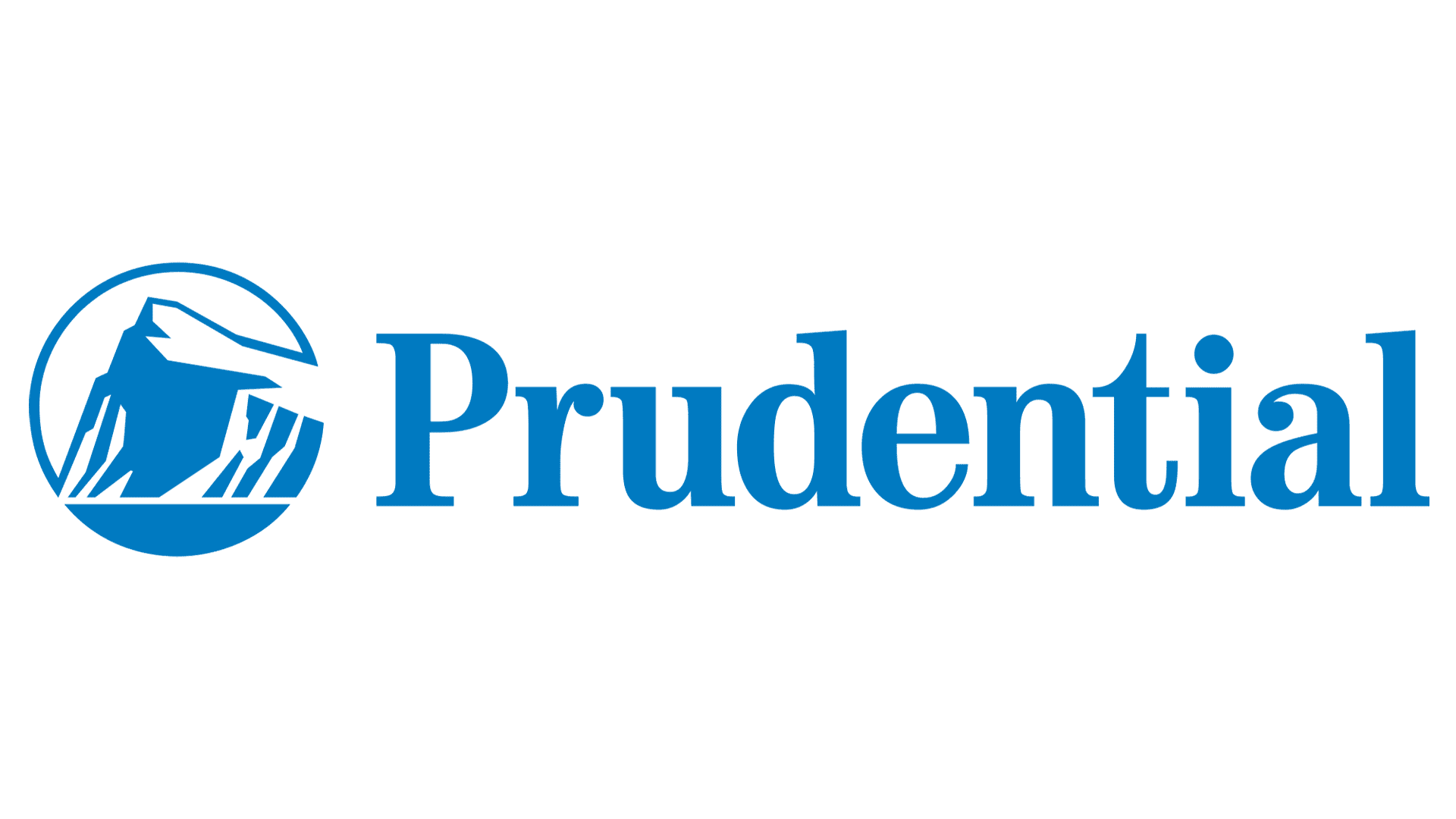Health insurance is a type of protection that helps you pay for medical expenses when you get sick or injured. A variety of medical treatments, including doctor visits, hospital stays, operations, tests, and preventive care, may be covered by health insurance. Health insurance is crucial because it can lower your out-of-pocket expenses and give you access to high-quality care when you need it.
What We'll Cover
- The Ins and Outs of Prescription Drug Coverage
- Navigating Formularies: Your Guide to Prescription Drug Coverage
- The Fine Print: Copayments and Deductibles in Prescription Drug Coverage
- The Limits of Coverage: Out-of-Pocket Maximums in Prescription Drug Coverage
- Prudential: A Financial Services Company that Offers Health Insurance with Prescription Drug Coverage
- Taking Charge of Your Health: Making Informed Decisions
The Ins and Outs of Prescription Drug Coverage

Prescription medication coverage is one of the most significant features of health insurance. As long as the medication is given to you by a doctor or other qualified healthcare provider, prescription drug coverage, a component of health insurance, will cover a portion of the cost of the medication. You may be able to finance the medications you require to manage your condition, avoid complications, or enhance your quality of life if you have prescription drug coverage.
However, prescription drug coverage is not always straightforward. There are many factors that affect how much you pay for your drugs and whether they are covered by your plan or not. In this article, we will discuss some of the key topics that you need to know about prescription drug coverage and how it relates to health insurance:
- Formulary
- Copayments and deductibles
- Out-of-pocket maximum
Navigating Formularies: Your Guide to Prescription Drug Coverage

A formulary is a list of drugs that your health plan covers. Different plans may have different formularies, and they may change over time. Your plan’s formulary may include generic drugs, brand-name drugs, or both. Generic medications are less expensive variations of name-brand medications with identical active components and outcomes. Brand-name medications cost more because they are trademarked and have the sole right to market them.
Your plan’s formulary may also divide drugs into tiers, which are categories based on their cost and effectiveness. For example, a plan might have four tiers:
- Tier 1: Preferred generic drugs
- Tier 2: Non-preferred generic drugs or preferred brand-name drugs
- Tier 3: Non-preferred brand-name drugs
- Tier 4: Specialty drugs
The lower the tier, the lower the cost for you. The higher the tier, the higher the cost for you.
It is important to check your plan’s formulary before you fill a prescription. You can find your plan’s formulary on your insurer’s website or by calling them directly. You can also ask your doctor or pharmacist if your drug is covered by your plan and what tier it belongs to.
If your drug is not on your plan’s formulary, you may have to pay the full price for it or get an exception from your plan. An exception is a request to get a drug covered by your plan that is normally not covered. To get an exception, you need to have your doctor confirm to your plan that the drug is medically necessary for your condition and that other alternatives are not suitable or effective for you.
The Fine Print: Copayments and Deductibles in Prescription Drug Coverage

Copayments and deductibles are two types of cost-sharing that you have to pay when you fill a prescription. Cost-sharing is the amount that you pay out of pocket for health care services while your insurance pays the rest.
A copayment is a fixed amount that you pay for each prescription. For example, you might pay $10 for a Tier 1 drug, $25 for a Tier 2 drug, $50 for a Tier 3 drug, and $100 for a Tier 4 drug.
A deductible is an amount that you have to pay before your insurance starts to cover some or all of the cost of your prescriptions. For example, you might have a $500 deductible for prescription drugs per year. This means that you have to pay $500 out of pocket for your drugs before your plan pays anything.
Your copayments and deductibles may vary depending on your plan and the tier of your drug. Generally, the lower the tier, the lower the copayment and deductible. The higher the tier, the higher the copayment and deductible.
You can find out what your copayments and deductibles are for prescription drugs under your plan by checking your plan’s summary of benefits and coverage (SBC). This is a document that explains what your plan covers and how much it costs. You can get your SBC from your insurance company or by using a link that appears in the detailed description of your plan in your Marketplace account.
The Limits of Coverage: Out-of-Pocket Maximums in Prescription Drug Coverage

An out-of-pocket maximum is a limit on how much you have to pay for covered health care services in a year, including prescription drugs. Once you reach this limit, your insurance will pay 100% of the cost of covered
services for the rest of the year. Out-of-pocket maximums can help you limit your financial risk and protect you from unexpected high medical bills.
Your out-of-pocket maximum may vary depending on your plan and whether you use in-network or out-of-network providers. In-network providers are doctors, hospitals, pharmacies, and other health care providers that have a contract with your insurance company to offer lower rates. Out-of-network providers are those that do not have a contract with your insurance company and may charge higher rates.
Generally, your plan will have a lower out-of-pocket maximum for in-network services and a higher out-of-pocket maximum for out-of-network services. For example, you might have a $3,000 out-of-pocket maximum for in-network services and a $6,000 out-of-pocket maximum for out-of-network services per year.
You can find out what your out-of-pocket maximum is for prescription drugs under your plan by checking your SBC or contacting your insurance company.
Prudential: A Financial Services Company that Offers Health Insurance with Prescription Drug Coverage
Prudential is a financial services company that offers various types of insurance products, including health insurance. Prudential’s health insurance plans provide prescription drug coverage as part of their benefits. Prudential’s prescription drug coverage includes:
- A formulary that lists the drugs that are covered by the plan and their cost-sharing tiers
- A network of pharmacies that accept the plan and offer discounts on drugs
- A mail-order pharmacy service that delivers drugs to your home or office
- A specialty pharmacy service that provides drugs for complex or chronic conditions
- A drug utilization management program that ensures appropriate and safe use of drugs
- A drug discount card that offers savings on drugs that are not covered by the plan
Taking Charge of Your Health: Making Informed Decisions

Prescription drug coverage is a vital part of health insurance that can help you afford the medications that you need for your health and well-being. However, prescription drug coverage can also be complex and confusing. There are many factors that affect how much you pay for your drugs and whether they are covered by your plan or not.
Therefore, it is important to understand the key topics that we discussed in this article:
- Formulary: The list of drugs that your plan covers and how they are categorized into tiers
- Copayments and deductibles: The fixed or variable amounts that you pay out of pocket for each prescription
- Out-of-pocket maximum: The limit on how much you have to pay for covered services in a year
By knowing these topics, you can review your health insurance plan’s prescription drug coverage and related costs. You can also compare different plans and options to find the best one for your needs and budget. By doing so, you can make informed health care decisions and optimize your benefits.
We hope this article has helped you learn more about health insurance: prescription drug coverage. If you have any questions or concerns, please contact your insurance company or a licensed health insurance agent for more information.
The responses below are not provided, commissioned, reviewed, approved, or otherwise endorsed by any financial entity or advertiser. It is not the advertiser’s responsibility to ensure all posts and/or questions are answered.





![Allstate Insurance [2023 Review]](/assets/images/c5cb2362877f284c0d4bbee9b16738a3.png)
